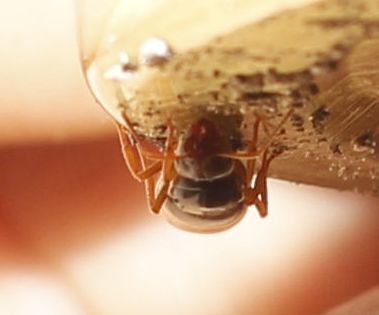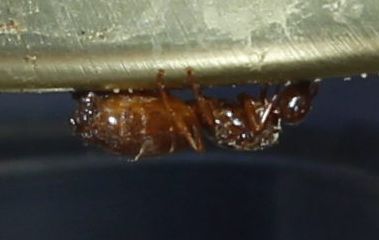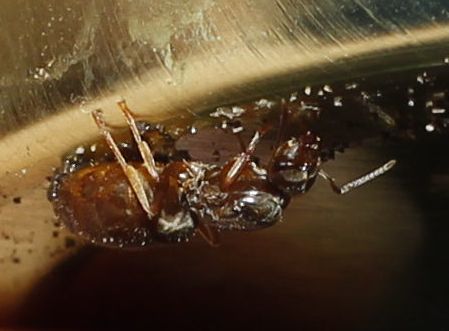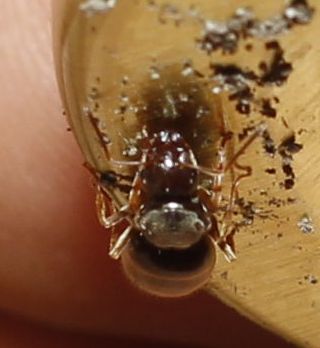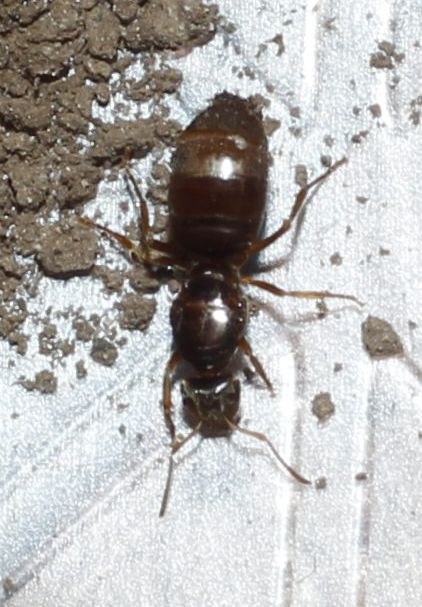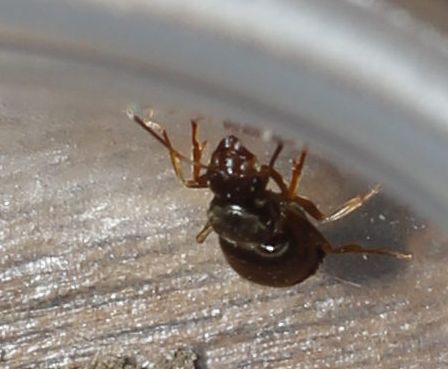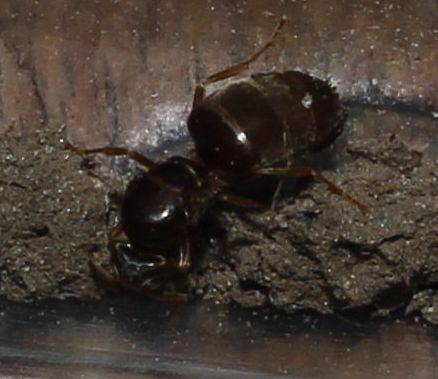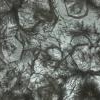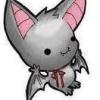1. Location of collection: Victoria BC
2. Date of collection: 21/05/2016
3. Habitat of collection: Lawn, clay rich, dry dirt, slight mount,
4. Length (from head to gaster): 9-10mm
5. Color, hue, pattern and texture: reddish brown, gaster is glossy to v.glossy
6. Distinguishing characteristics: one petiole node, 12 antennal segments (i think)
7. Anything else distinctive: Triangular head
8. Nest description: unknown
Using the Keys on Antwiki and the List of known species for BC I came up with Camponotus modoc, but I am not very convinced. I have experience with Paleontology but don't know the extend of mophological diversity within ant species
- Formiculture.com
- Forums
- Gallery
- Members
- Member Map
- Chat




